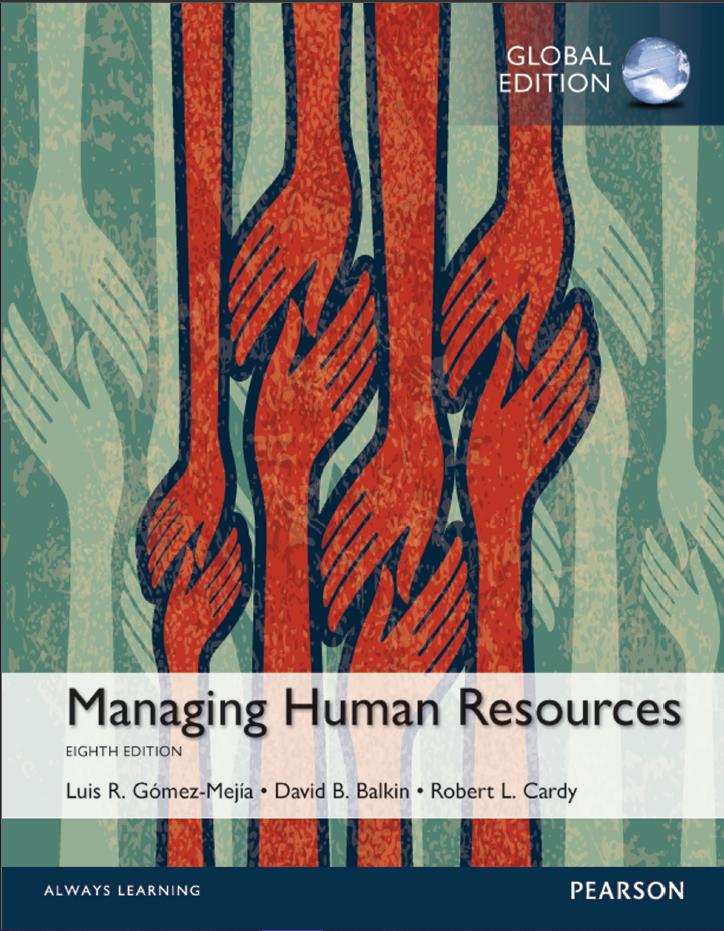What do you consider to be the main challenges related to the issue of illegal immigrants in
Question:
What do you consider to be the main challenges related to the issue of illegal immigrants in the workforce? State your reasoning.
Illegal immigrant labor is a global HRM issue that arises from people from less developed countries (LDCs) illegally entering more affluent countries to seek employment. Illegal immigrants are likely to work for wages lower than those that are paid to citizens within a country. In addition, they are often paid in cash, and therefore avoid paying taxes on their earned income. This raises issues of unfairness for those who “play by the rules” and pay taxes or who wait their turn to enter the country legally.
Most of the income earned by illegal immigrants goes back to family members in their country of origin. This increases their family’s living standards and contributes to the economic stability of their country of origin, reducing its need for foreign economic assistance. Illegal immigrants are often exploited by unscrupulous employers who may not provide safe working conditions or who may force them to work excessive hours beyond what is permitted by the host country’s labor laws. Illegal immigrants may not have the same legal rights as the host country’s citizens or they may be unaware of their rights; thus, they are easily taken advantage of.
Countries as diverse as Spain, Poland, Italy, and the United States have significant numbers of illegal immigrants in the workforce.
In Spain, large numbers of Romanians, Moroccans, Ecuadorans, and Columbians work in the tourist and construction industries. Poland has tens of thousands of illegal immigrants, chiefly from Ukraine. Italy has many Albanians working illegally in its underground economy. Finally, the world’s largest illegal immigrant workforce is in the United States, with estimates as high as 10 million illegal immigrants working within its borders in mainly low-wage jobs in industries such as farm labor, meat and poultry processing, lawn care, restaurant labor, and drywall and ceiling tile installation.
In the United States, the illegal immigrant population is so large that it has become an important market segment. Millions of illegal immigrants from Mexico have been issued matricula cards from the Mexican consulate (with the approval of the U.S. government)
that entitle the card bearers to open bank accounts and to hold driving licenses. Wells Fargo Bank has opened bank accounts for matricula card holders, and U.S. Sprint Corp. accepts the card for cell phone contracts. Kraft has developed new drink products with the illegal immigrant consumer in mind. In some parts of the country, entire industries depend on the labor of illegal immigrants. The U.S. Department of Labor estimates that in California, the most important fruit and vegetable producer in the nation, 90 percent of farm labor consists of illegal immigrants. In Texas, restaurants depend heavily on illegal immigrants to clear tables and wash dishes.
With the exportation of millions of higher-paying jobs to India and China through outsourcing arrangements and the presence of a large and growing illegal immigrant workforce for low-wage jobs, U.S. citizens are feeling more uncertain than ever about their own job security and the opportunities that will be available for their children. Depending on how it is framed, the illegal immigrant workforce can be viewed as either a new opportunity providing new markets to serve—or as a challenge that needs to be controlled so that citizens who follow the economic rules, pay their taxes, and obey the law do not feel they are being treated unfairly by their government.
Step by Step Answer:

Managing Human Resources
ISBN: 9781292097152
8th Global Edition
Authors: Luis R Gomez Mejia, David B Balkin, Robert L Cardy





